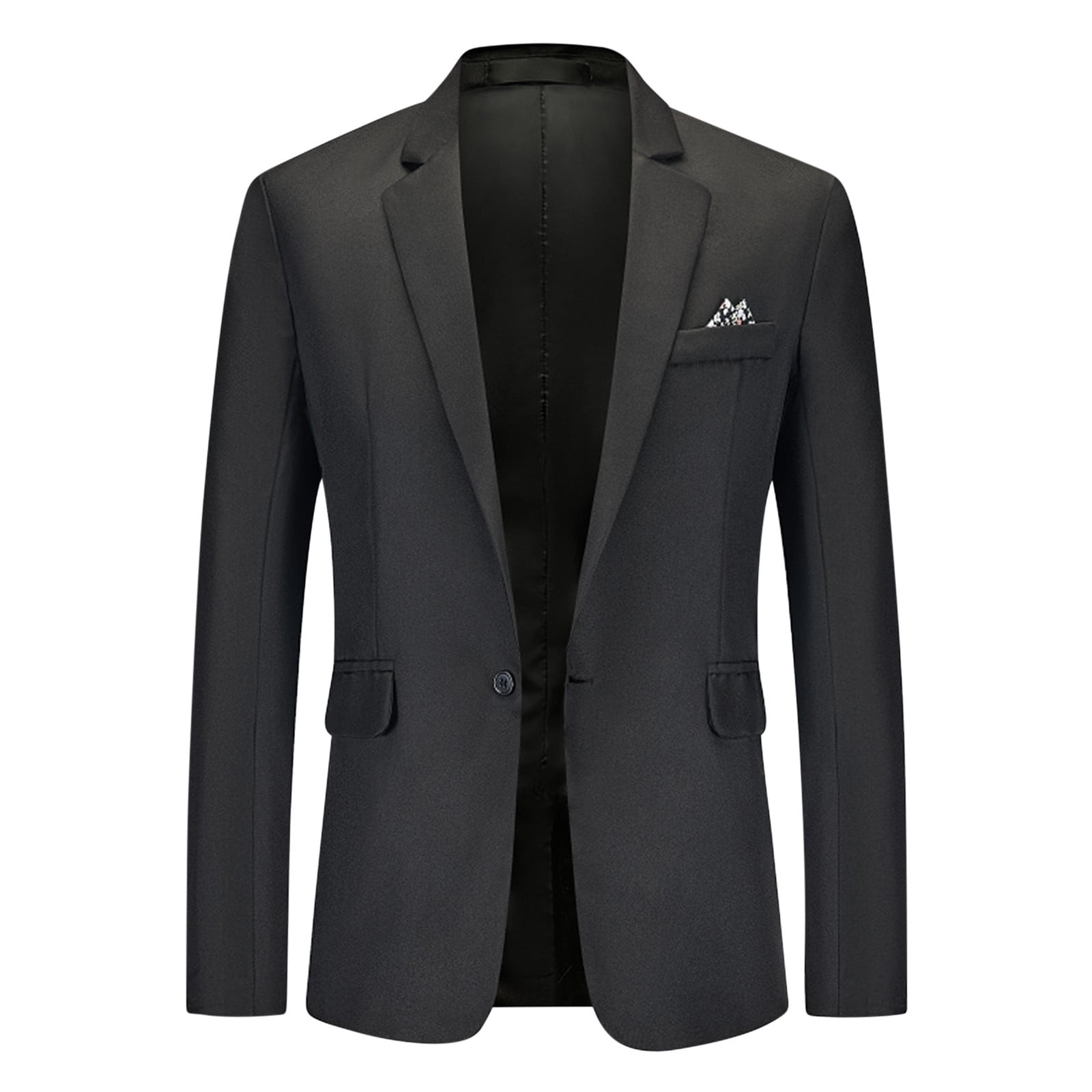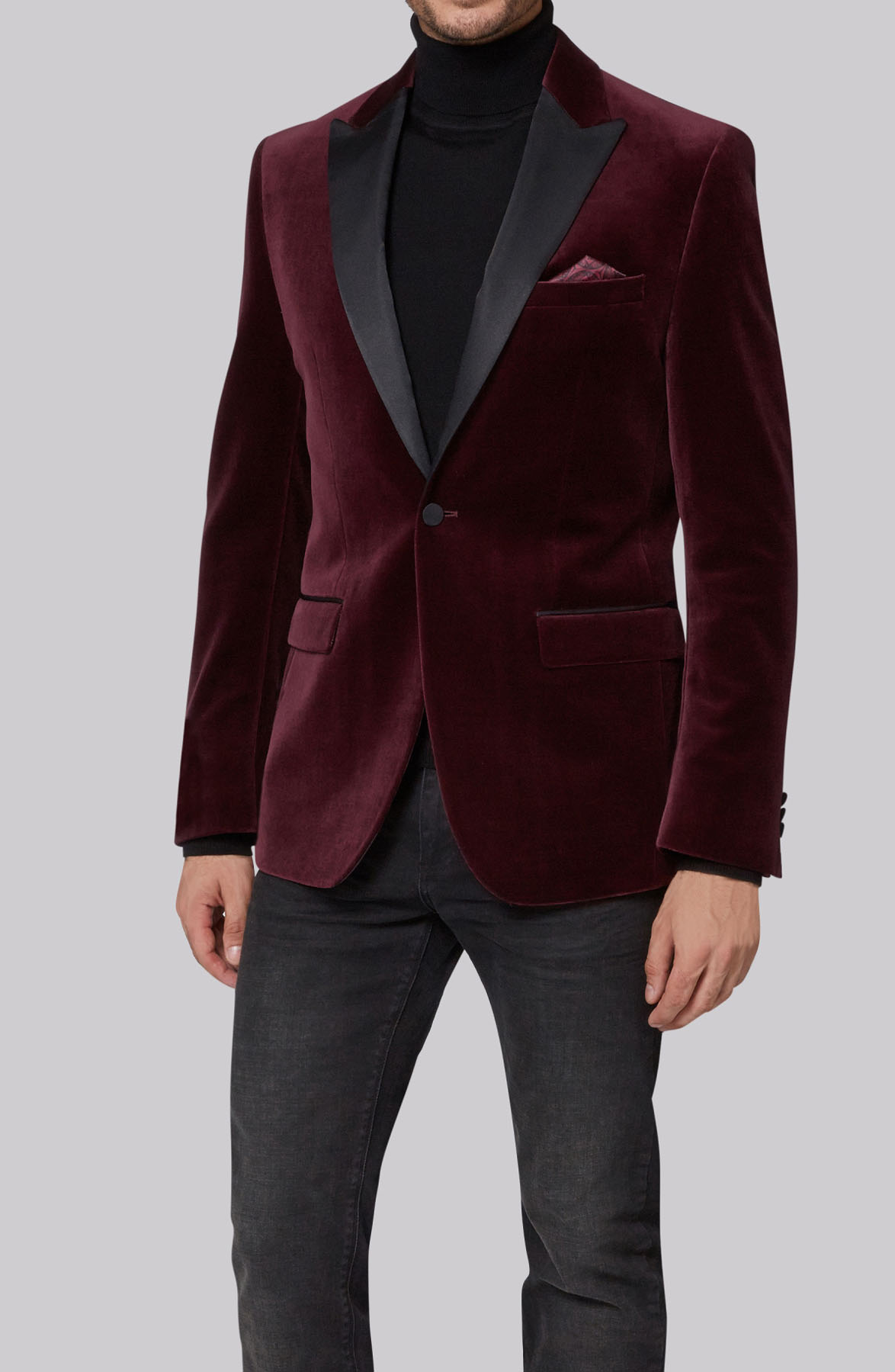How to tailor a suit jacket? A well-fitted suit jacket can elevate your style and boost your confidence. However, off-the-rack jackets may not always provide the perfect fit. Tailoring a suit jacket to your specific measurements can ensure a personalized and polished look. In this comprehensive guide, we will walk you through the steps of tailoring a suit jacket, from assessing the fit to making necessary adjustments, allowing you to achieve a tailored and refined appearance.

Assessing the Fit:
Shoulder Fit: Start by evaluating the fit of the shoulders. The jacket’s shoulders should align with your own, without any excess fabric or pulling. Ensure that the shoulder seam sits correctly on your own shoulder point.
Jacket Length: Check the length of the jacket. Ideally, the jacket should cover your seat, with the hem falling just below it. Adjust the length if necessary to achieve a balanced and proportional appearance.
Sleeve Length: Evaluate the sleeve length. The leisure suits sleeves should end at the base of your thumb, with the shirt cuff slightly visible. Alter the sleeve length if needed to achieve this ideal balance.
Waist Suppression: Assess the waist suppression or suppression of the jacket. It should conform to your natural body shape without excessive fabric or pulling. Ensure that the jacket gently tapers in slightly at the waist for a well-defined silhouette.
Making Adjustments:
Seam Adjustments: If the shoulder fit is incorrect or the jacket is too loose in the body, consider having the seams altered by a professional tailor. They can adjust the shoulders, take in or let out the waist, and modify other areas as needed for a better fit.
Sleeve Length Adjustment: To adjust the sleeve length, turn the jacket inside out and locate the sleeve lining. Carefully remove any stitching securing the lining to the hem. Trim the excess fabric, and then reattach the lining, ensuring the length is correct. Alternatively, a tailor can make this adjustment for you.
Waist Suppression: For waist suppression, a tailor can take in the side seams to provide a slimmer fit. This alteration creates a more tailored and streamlined appearance while maintaining comfort and ease of movement.
Sleeve Width Adjustments: If the sleeve width appears too loose or too tight, a tailor can adjust it for a better fit. They can take in or let out the sleeves by altering the sleeve seams to match your preferred width and comfort level.

Additional Tailoring Considerations:
Reassessing Overall Fit: After making adjustments, reassess the jacket’s overall fit. Take note of any remaining areas that require further modification or refinement. Tiny changes, such as adjusting the collar or tweaking the back darts, can significantly enhance the jacket’s fit and appearance.
Lining Adjustments: If the jacket’s lining feels restrictive or is causing discomfort, consider having it altered or replaced. A tailor can adjust the lining to allow for more ease of movement and ensure a more comfortable fit.
Styling Details: Discuss any desired style details, such as lapel width, button positioning, or pocket placements, with your tailor. These small adjustments can further customize the suit jacket to your personal preferences and style.
Final Fitting: Schedule a final fitting with your tailor to assess the completed alterations and make any necessary adjustments. This fitting ensures that the suit jacket achieves the desired fit and appearance.
Which styles of suit jacket are popular?
The suit jacket is a timeless and essential component of men’s formal wear, offering sophistication and style. Over the years, various styles and designs of suit jackets have emerged, catering to different tastes and occasions.

Single-Breasted Jacket:
The single-breasted jacket is perhaps the most popular and versatile style of classic suits. It features a single row of buttons on the front, typically two or three in number. Single-breasted jackets offer a clean and classic look that can be easily dressed up or down, making them suitable for a variety of occasions, from business meetings to semi-formal events. They can be paired with either matching trousers or contrasting pants, providing a range of styling options.
Double-Breasted Jacket:
The double-breasted jacket is known for its statement-making style and commanding presence. It features two parallel rows of buttons on the front, with the left front overlapping the right. Double-breasted jackets generally have peak lapels and a more formal appearance. They exude a refined and elegant vibe, making them well-suited for formal events, black-tie occasions, and business dress codes that call for a sophisticated and authoritative look.
Shawl Collar Jacket:
The shawl collar jacket stands out for its unique lapel design. It features a lapel that is an extension of the collar, creating an elegant and streamlined look. Shawl collar jackets are often associated with formal events, such as weddings, gala dinners, and other black-tie affairs. They offer a touch of luxury and are frequently seen in velvet or satin fabrics, adding a regal and glamorous vibe to any ensemble.
Notch Lapel Jacket:
The notch lapel jacket is the most common style of suit jacket, frequently chosen for its versatility and classic appeal. It features a triangular-shaped notch where the collar meets the lapel. Notch lapels are wider at the base and narrower at the top, creating a flattering V-shaped appearance. This style of jacket is suitable for various occasions, from business meetings to weddings, as it offers a timeless and polished look that can be easily paired with different shirts and ties.

Peak Lapel Jacket:
The peak lapel jacket is characterized by its pointed, upwardly angled lapels. It features lapels that extend upward, creating a distinctive “peak” shape. Peak lapels are often associated with formal and elegant attire, making them a popular choice for weddings, black-tie events, and other high-profile occasions. This style of jacket exudes sophistication and confidence, adding a touch of sartorial flair to any outfit.
Tuxedo Jacket:
The tuxedo jacket, also known as a dinner jacket, is a staple for formal evening attire. It is typically characterized by its satin or silk-faced lapels, usually in a contrasting color or fabric. Tuxedo jackets are commonly worn with a matching or contrasting tuxedo trouser and paired with a dress shirt, bow tie, and formal accessories. This style of jacket is reserved for black-tie events, galas, and other high-profile gatherings that call for a refined and elegant attire.
Conclusion:
Tailoring a suit jacket is a process that allows you to achieve the perfect fit and a refined appearance. By assessing the fit, making necessary adjustments, and considering additional tailoring details, you can transform an off-the-rack jacket into a personalized and well-fitted garment. Collaborate with a professional tailor who can accurately tailor the maroon suits to your specific measurements and preferences. Remember that the key to a sharp and refined look lies in the details, so invest the time and effort in tailoring your suit jacket to achieve a truly polished and distinguished appearance.

